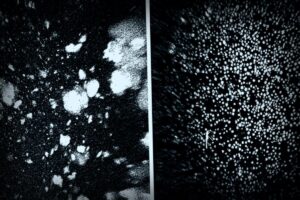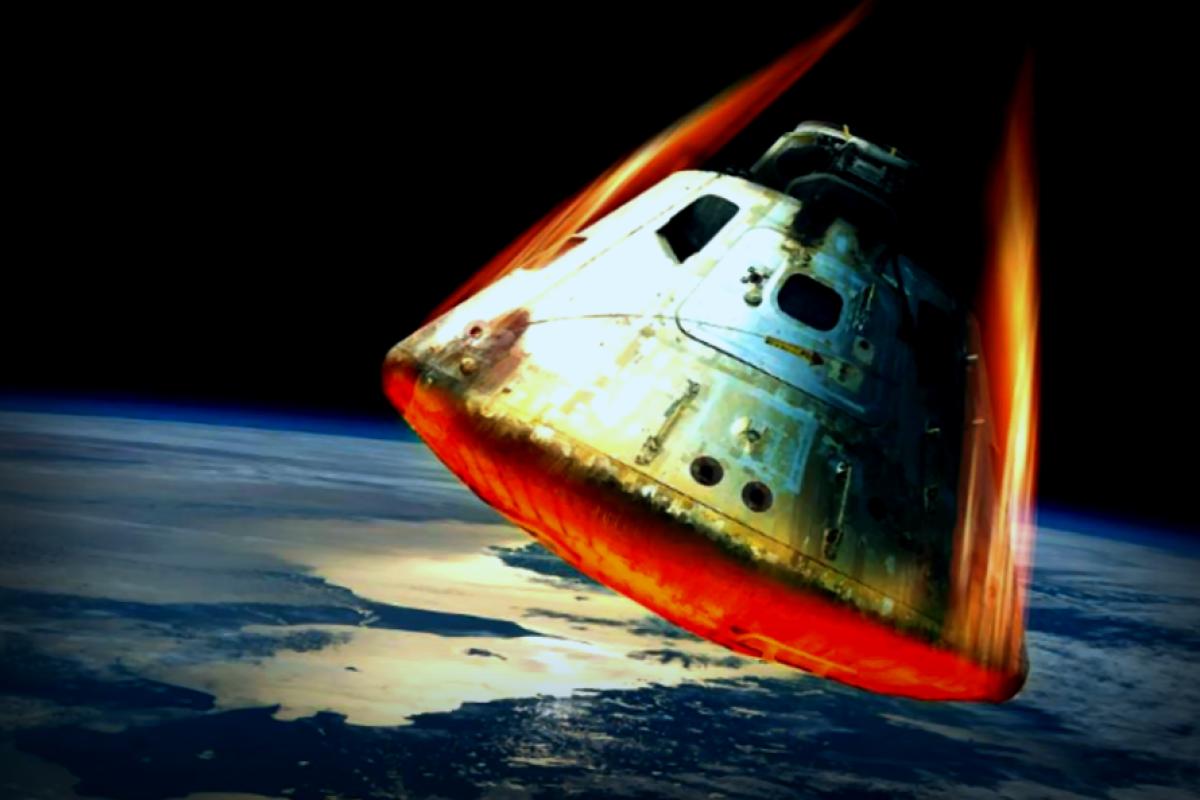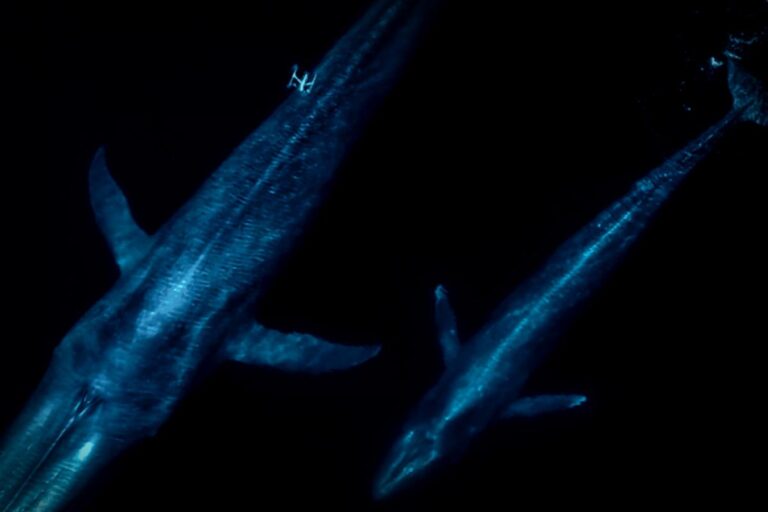In a significant step for biological research, the Russian space agency Roscosmos launched a satellite that embarked on an adventurous expedition into space. Aboard this satellite were 75 mice, along with more than 1,500 flies, cell cultures, microorganisms, and numerous plant seeds. After spending 30 days in Earth’s orbit, the satellite successfully touched down in the steppes of Orenburg on September 19, 2025, as reported by Space.com. D “Noah’s Ark” for its impressive payload, the Bion-M No. 2 descent module conducted a total of 30 experiments during its mission.
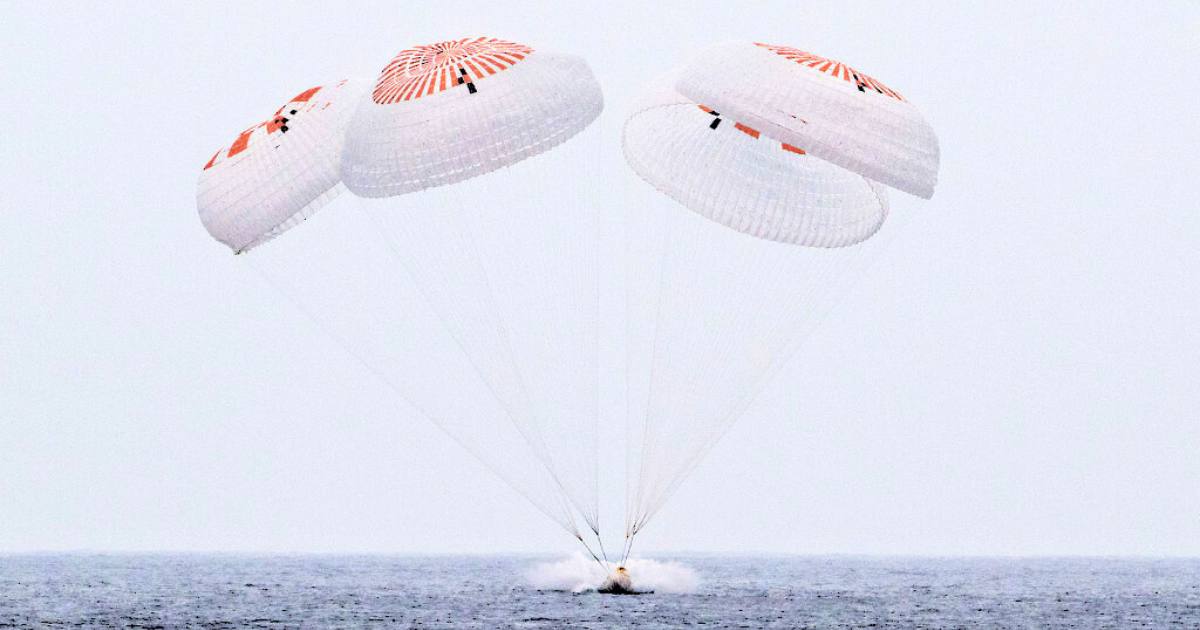
Living Organisms Orbiting the Earth
The satellite orbited our planet at an altitude of approximately 230 to 236 miles, maintaining a nearly vertical 97-degree inclination. While the craft floated in space, its inhabitants were exposed to cosmic rays that tested their resilience. Upon reentry, recovery crews took swift action as the descent module experienced a minor fire, quickly extinguishing it before the precious specimens could be harmed. Three helicopters were quickly dispatched to the area to retrieve the living organisms, accompanied by technical specialists ready to jump into action.
Bringing Back the Organisms
As highlighted by Knewz.com, specialists on the ground were ready to analyze the flies’ motor functions, evaluating any potential impacts on their nervous systems. Initial examinations began in a deployed medical tent at the site of the landing, orchestrated by the leading organization for this mission—the Institute of Biomedical Problems of the Russian Academy of Sciences (IBMP). It was anticipated that the biological samples would reach the IBMP labs by midnight on September 20, more or less without a hitch. The experimental program constructed for the mission was split into various sections, dedicating the first two to studies on gravitational physiology in the selected animals.
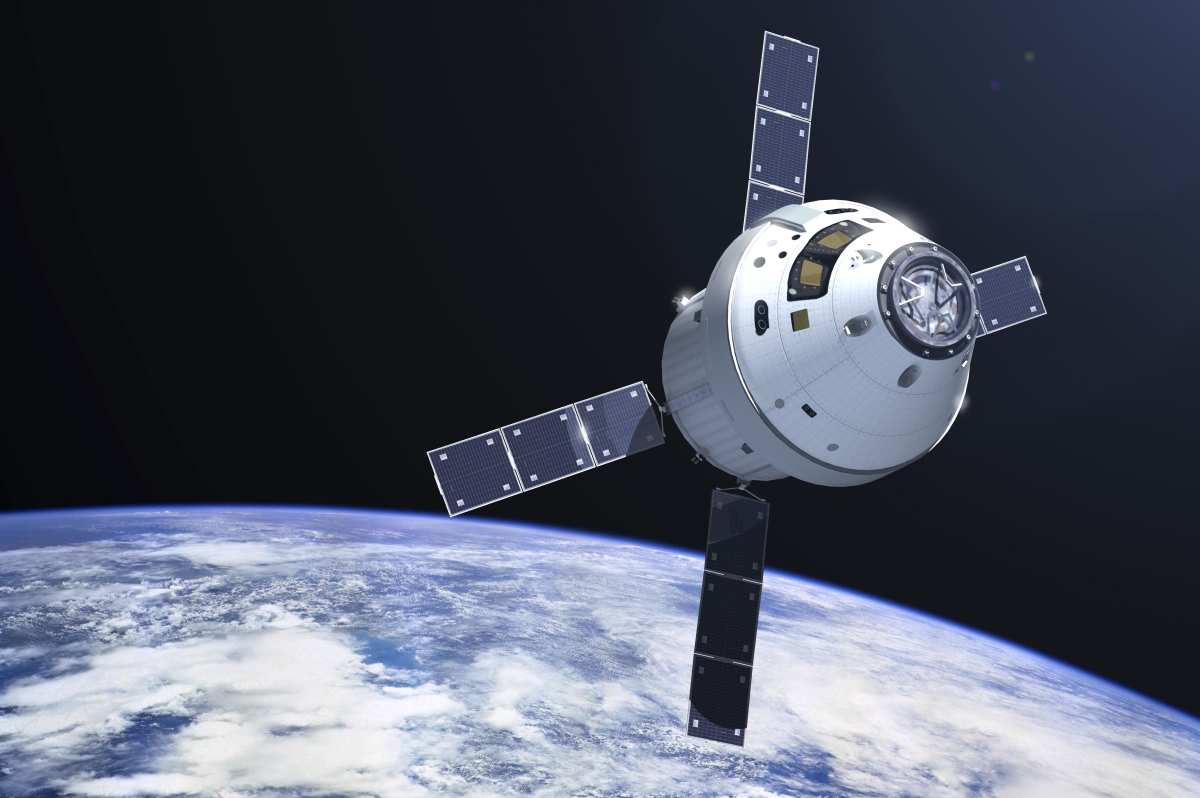
Undertaking Groundbreaking Experiments
The ultimate goal behind these ambitious projects was to pave the way for innovative technologies aimed at ensuring human life support in long-duration space missions, all while incubating tolerance to the grueling impacts of weightlessness and space radiation.As for the third, fourth, and fifth sections, they were targeted toward exploring how factors in outer space influenced the biology of plants, microorganisms, and their ecosystems. Here, scientists are keen to comprehend the patterns of life that might emerge under such conditions.
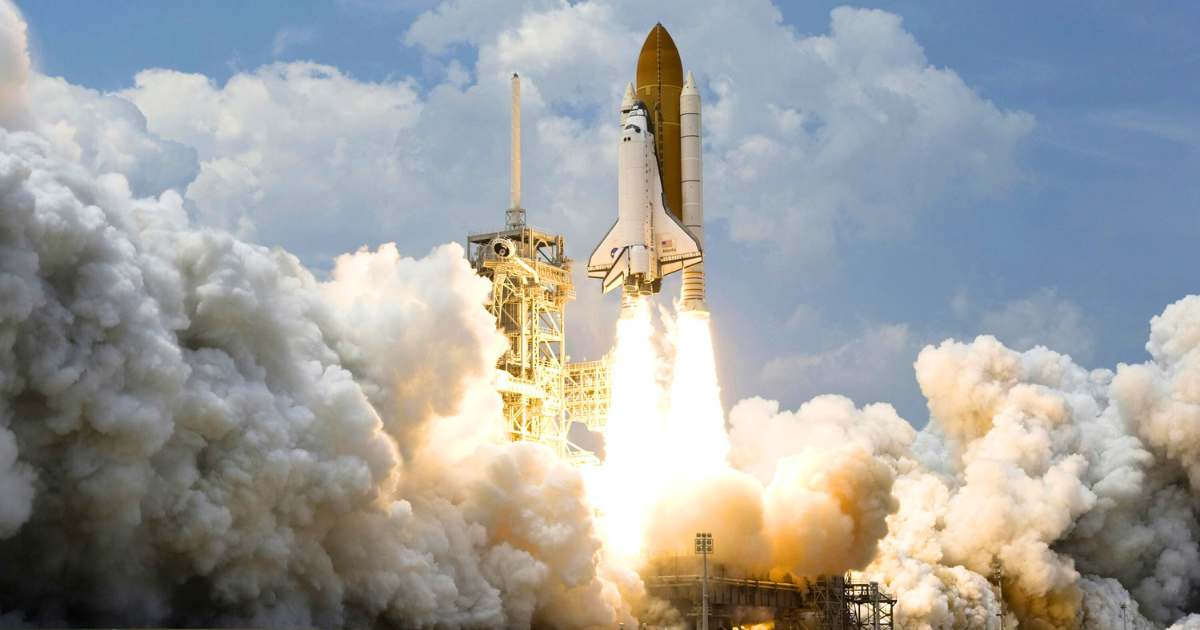
A Productive Collaborations Reacted to Ambitions
The tenth section of the mission allowed students from various schools across the Russian Federation and Belarus to submit experiments. Notably, the “Meteorite” experiment took place during the capsule’s dramatic reentry back to Earth. This study examined panspermia, a hypothesis prevailing in the scientific community that suggests life on Earth could’ve stemmed from extraterrestrial origins. Embedded in the Bion capsule were basalt rocks with microbial strains Trailered down to withstand the thermal trials of reentry. This ambitious mission stands as a partnership between Roscosmos, the Russian Academy of Sciences, and IBMP, demonstrating synergy among top-tier institutions in the pursuit of science.



